Death be not soaked in formaldehyde
Natural burial is finally normal again
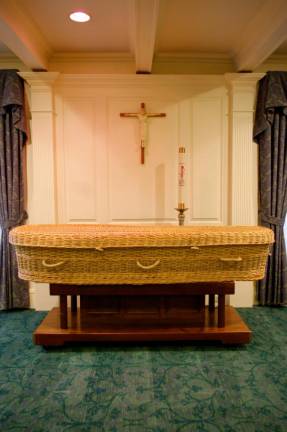
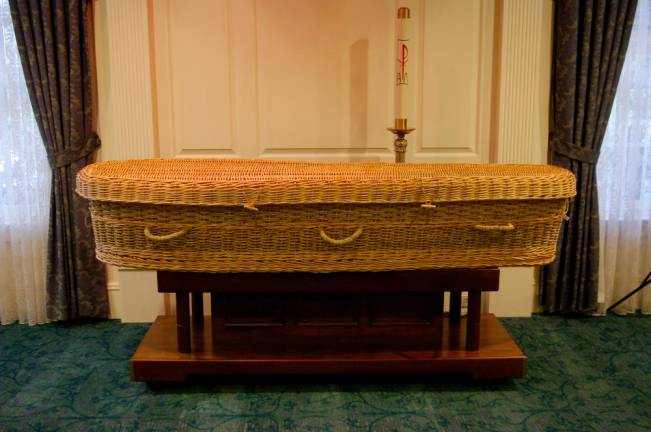
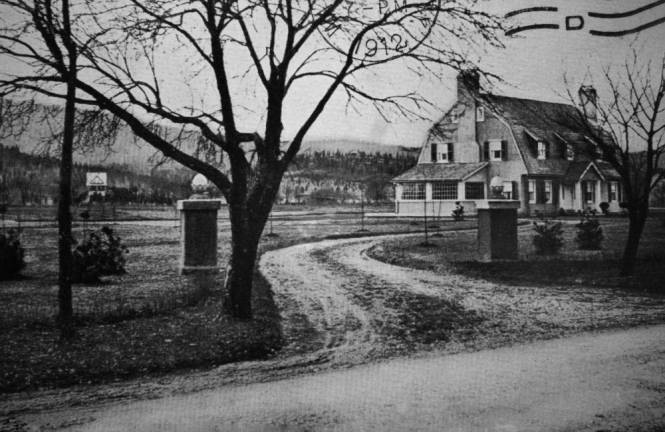
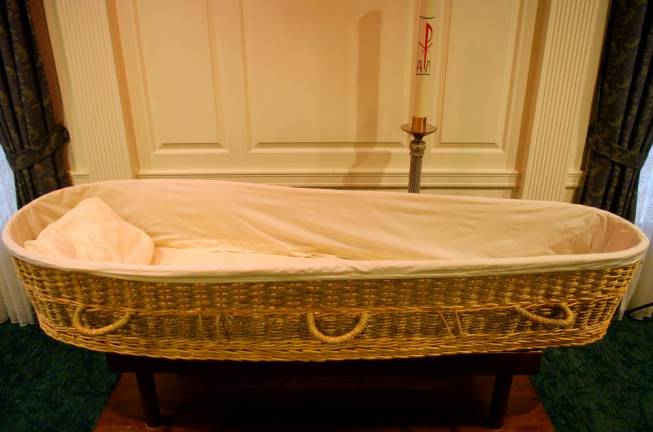
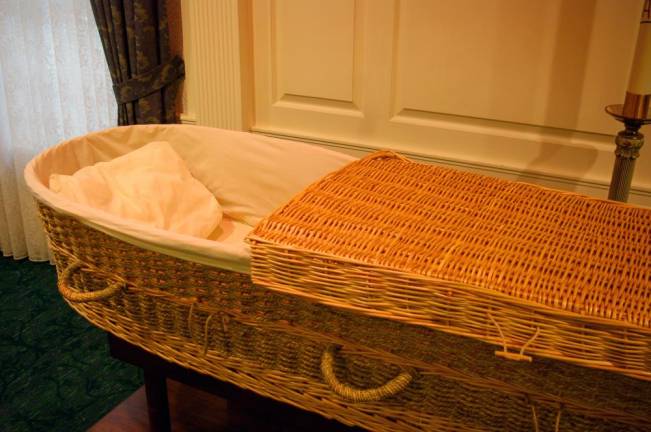
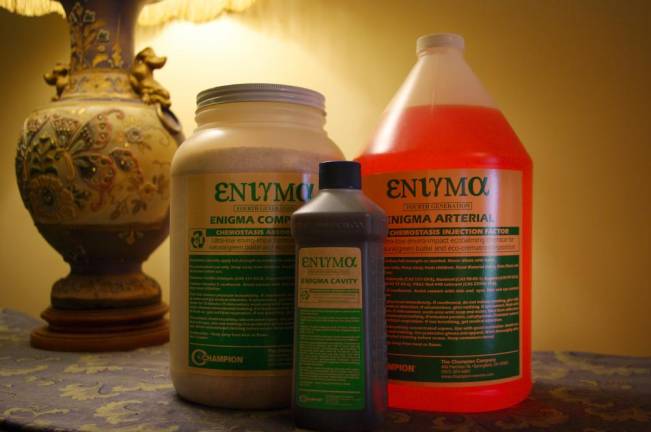
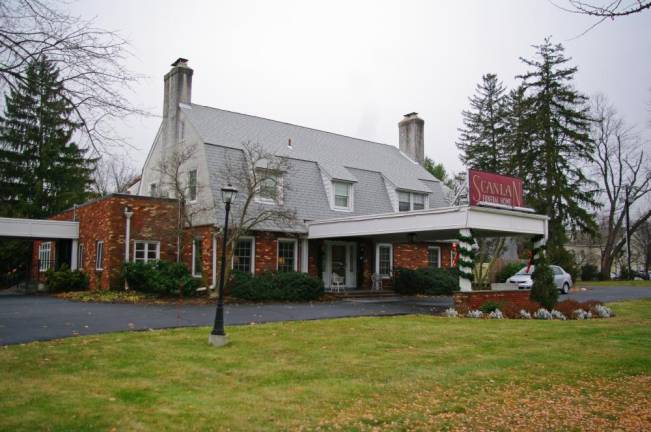
Our culture has a tense relationship with death. We glorify it in films, on television, in music and video games, but to speak of it casually is a taboo. For all its proliferation in our media, a heavy stigma still clings to dying when it's not being used to entertain us. This head-in-the-sand mentality is far from how things used to be, and one that we seem, slowly, to be getting away from.
Exhibit A: the return of green burials. Also known as natural burials, the practice holds different meaning for different people, but follows the same basic process. The deceased is laid to rest in a shawl or biodegradable casket sourced from renewable lumber, with either no embalming or a biodegradable variant of it.
The obvious draw is the much lower environmental impact of the ceremony. Green burial costs less, too, with savings on the cost of a vault, coffin and embalming (although there is a line of plant-based embalming fluids, that is pricier than the formaldehyde-based chemical mix used in standard embalming). Sometimes, a green plot can be double-stacked due to the material decomposition that occurs. In that way it's not uncommon for husband and wife to share a literal plot instead of neighboring ones.
But there is another thread to follow, one which is far more existential. The sense that instead of preserving a loved one for as long as possible, we return them to the soil so that they may continue in a new form. That there is no end, just a shift in existence.
The modern green burial movement started in the U.K., where they never got as far away from it as we did. It was in England, in the early 90s, that “woodland burials” arose as a backlash to the increasingly expensive and stuffy funeral industry. Emily Neil from Cambridge, who replied to a feeler on Facebook, saw two of her grandparents laid to rest in one of the hundreds of green burial sites that have popped up across the country.
“My granny chose to have her husband buried in the woodland burial site because of their love of nature and being returned to the earth,” she wrote. “The atmosphere is peaceful and uncluttered and there is (sic) no man-made products on the site, which was attractive to her.” As tends to happen, the practice spread within the family. “My parents are going to also buy a plot to be buried there as it’s a nice place and easy to wander in and visit the plots,” said Neil. Her mother, Deborah, takes comfort in the thought of her body no longer taking up space once it is of no more use to her. “My mum likes the idea of being part of nature again.”
Green burial has been slower to take hold in the U.S., but its rise has been steady. When Dirt first wrote about the trend in 2013, we profiled a woman whose deceased husband – after a three-day vigil with friends and family – had been the first person buried at the first green cemetery in Maryland. Now, more than half of Americans 40 and over are considering a green burial, according to a 2018 survey by the National Funeral Directors Association.
It was about a decade ago that Kiera Scanlan started fielding requests for green burials – the Woodstock generation, she surmised, seeking to carry their lifestyles into death. She is the fourth generation to operate the M. John Scanlan Funeral Home in Pompton Plains, NJ, which was started by her great-grandfather in the 1880s when he emigrated from Ireland. She joined the family business in 2006, and became the funeral home’s manager in 2015.
“As more and more people separate from organized religion, grasping with their own version of spirituality, of their mortality, they see the benefits of green burials,” said Scanlan. Some aspects are seen in Judaism, like the plain wood casket and no embalming, she said. "It's all about returning. Other Eastern cultures also share similar ideals to this.” The cemetery that Scanlan works closely with, Maryrest Cemetery in Mahwah, has a natural burial section that makes use of boulders instead of headstones and offers three options, from dark green (buried in a shroud) to light green (a biodegradable casket, memorialization and embalming using natural embalming fluids).
Sleepy Hollow Cemetery in Westchester also has a natural burial section, where “even cremation urns must be fabricated of organic materials such as corn starch, salt, or untreated woods," its website explains. Cremation, though, isn’t as green an alternative as people assume, notes Scanlan. It uses about as much fuel as a 500-mile road trip.
The funeral industry can be a bully in pursuit of profits, but that’s not the case here. As I was heading out, after photographing a wicker casket in a spare viewing room, Scanlan pulled me aside – not to advertise her services, or ask me to include more details about her business. Rather, she wanted me to make sure that readers were aware that any facility can do a green burial. It needn't be a larger operation like her establishment. The main difficulty for smaller places is that many lack a large refrigeration unit, and rely upon embalming to preserve the bodies until burial. She explained that any place, no matter how small, can utilize dry ice to great effect, and the practice of green burial is actually far more accessible than people think.